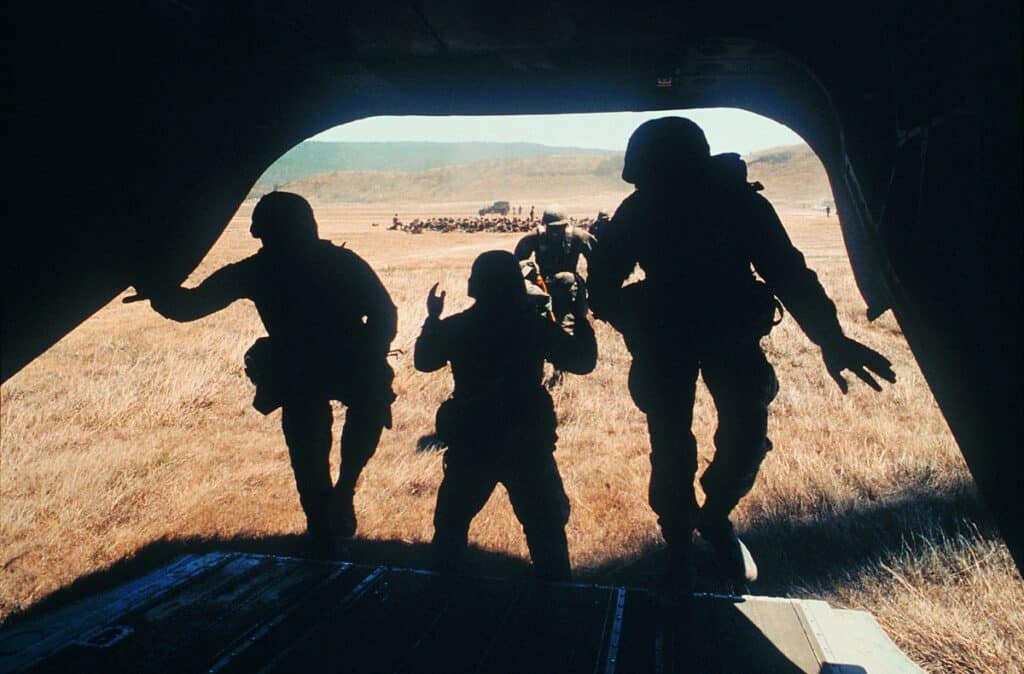Notizie per Categorie
Articoli Recenti
- [Launched] Generally Available: Latest PostgreSQL minor versions supported by Azure Database for PostgreSQL flexible server 2 Luglio 2025
- [Launched] Generally Available: Azure DNS security policy 2 Luglio 2025
- [In preview] Public Preview: Azure SQL updates for early-July 2025 2 Luglio 2025
- [Launched] Generally Available: Azure SQL updates for early-July 2025 2 Luglio 2025
- Retirement: VM Insights Map and Dependency Agent are being on June 30, 2028 2 Luglio 2025
- Planning your move to Microsoft Defender portal for all Microsoft Sentinel customers 1 Luglio 2025
- [Launched] Generally Available: Azure App Service on Azure Stack Hub 25R1 1 Luglio 2025
- Jasper Sleet: North Korean remote IT workers’ evolving tactics to infiltrate organizations 30 Giugno 2025
- [Launched] Generally Available: Encryption in Transit (EiT) for Azure Files NFS shares 30 Giugno 2025
- [Launched] Generally Available: Query editor in Azure Monitor Metrics 30 Giugno 2025
Empower defense personnel and create a culture of innovation with Microsoft
Carl von Clausewitz was a 19-century military theorist who wrote extensively on the conduct of war. He emphasized the importance of agility in warfare and recognized the impact of technology on military operations. According to Clausewitz, military organizations need to be flexible and adaptable to adjust to changing circumstances on the battlefield. This requires good leadership and training, as well as a culture of innovation and experimentation that encourages soldiers to think creatively and adapt to new situations.
Clausewitz understood the value of analyzing informationdata related to the enemy, terrain, weather, and other factors which could help determine the outcome of conflict. He even argued that military leaders should seek to use false information to create deception plans to conceal their true intentions. However, he could not have foreseen the proliferation of data and the rapid evolution of information technologies, the internet, hyper-scale cloud, and now AI to contend with this data. But he certainly understood that technological advances would have a profound impact on a nation’s ability to provide security.
Clausewitz’s 200-year-old principles still hold today. Modern militaries need to be agile and adaptable to changing domains, tactics, and objectives inherent in modern conflict. Hyperscale and edge cloud capabilities are foundational to various mission-centered solutions that enable militaries to respond quickly and effectively to every military scenario. Whether it’s securing connectivity at the edge, supporting humanitarian response, or allowing military personnel to securely share intelligence, cloud technologies empower personnel to action varied scenarios.
Five challenges defense and intelligence organizations face today
As part of the Worldwide Public Sector, Defense and Intelligence team at Microsoft, I’m fortunate to work alongside military veterans, industry leaders, and change-makers who have served or supported the armed forces across the globe. I recently had the unique opportunity to sit down with three teammatesAT Ball, Jeff Pearson, and Tim Tiengall from different military backgrounds as part of a “Day in a life” video series. Through this lens, we considered how technological innovation can spur the cultural innovation needed to improve defense and intelligence organizations that are always on the lookout for competitive advantages and efficiencies.
In our conversation, we shared personal anecdotes from our time in service and discussed how many of the challenges we contended with could be handled differently today. While the four of us had diverse experiences during our collective 60-plus years serving in the United States military, we encountered five common challenges. It was eye-opening to hear my colleagues’ real-world experiences and the creative ways they solved problems that today could be averted using modern technology.
This embed requires accepting cookies from the embed’s site to view the embed. Activate the link to accept cookies and view the embedded content.
1.Access to the right information at the right time. A common challenge faced across the group was ensuring service members had the right information at the right time across operational environments. Veterans often highlight their ability to make decisions under ambiguous circumstances as one of their most marketable skills. Nonetheless, nobody enjoys making consequential decisions with incomplete information. We all shared experiences in which arduous manual procedures were used to inform our decision-making processes, and we identified some of the creative technology solutions that could simplify or automate those critical moments today.
2.Remote collaboration. Remote collaboration is not cutting edge in 2023 like it would have been back when we served pre-COVID-19. Militaries have been slower to adopt many of the best practices that enable a productive hybrid workplace strategy. Improving how things are classified and audits are conductedcoupled with the implementation of zero-trust architecturescan improve security, efficiency, and convenience in unison.
3.Training and development. To this day, in many branches, members are required to complete more mandatory fire extinguisher trainings than tech tool trainings every year. But to empower personnel, defense organizations should apply equal discipline and rigor to skill development and technology trainingboth of which cloud-based solutions can support and streamline. By providing access to online training resources, service members can develop new skills and stay current with the latest developments in their fields. Additionally, tools like Microsoft Power Apps, Dynamics 365, and Power BI can help the military manage personnel data, benefits, and compliance in one place, empowering personnel and improving employee experience.
4. Breaking silos. Disparate information sources and systems often require that servicemembers traverse tech environments like an assault course. Data and application aggregation into a hyper-scale cloud environment can eliminate, or at least mitigate those silos. It can create the opportunity to transform information into actionable insights and provide better clarity for decision-makers at all points in the command structure. AT discusses one such legacy example in which 3D modeling and digital twins could have hastened the construction of a major installation infrastructure project.
5. Adopting new tech. Adoption of low-cost technology can solve high-cost problems. Whether it’s training using augmented reality (AR), virtual reality (VR), and mixed reality (MR), or implementing serious gaming for planning and exercise augmentation, we can take labor-intensive and logistical challenges and make them less time-consuming. That way personnel can focus more time and effort on addressing critical challenges. For example, getting communications and air traffic control back online after a national disaster, or helping a country like Ukraine keep its government systems, command, and control online.
Solving ongoing challenges with Microsoft for Defense and Intelligence
While these five themes represent ongoing challenges today, Microsoft seeks to make these problems of the past. With defense organizations, intelligence agencies, and the defense industrial base, Microsoft is committed to cutting across legacy boundaries to provide best-in-class expertise and technology.
While today the pace of innovation in many ways is outrunning the pace of adoption, Microsoft aims to partner with the industry to deliver modern technology tools where they create the most value for our defense customers. It is Microsoft’s ambition to empower militaries to improve operations and protect national security in a rapidly evolving threat environment.
On behalf of my team and colleagues, we hope our “Day in a life” retrospective sheds some very real light on the challenges that servicemembers still contend with today and spur a dialog on how the Microsoft commitment to serving defense organizations can empower personnel and modernize facilities to enhance global security.
Learn more
We invite you to watch the first of three “Day in a life” videos today and check out other defense and intelligence-focused content, like this insightful podcast with retired Vice Admiral Ann E. Rondeau, on the Microsoft Public Sector Center of Expertise.

Microsoft for Defense and Intelligence
Empowering militaries. Improving operations. Protecting national security.
The post Empower defense personnel and create a culture of innovation with Microsoft appeared first on Microsoft Industry Blogs.
Source: Microsoft Industry Blog

